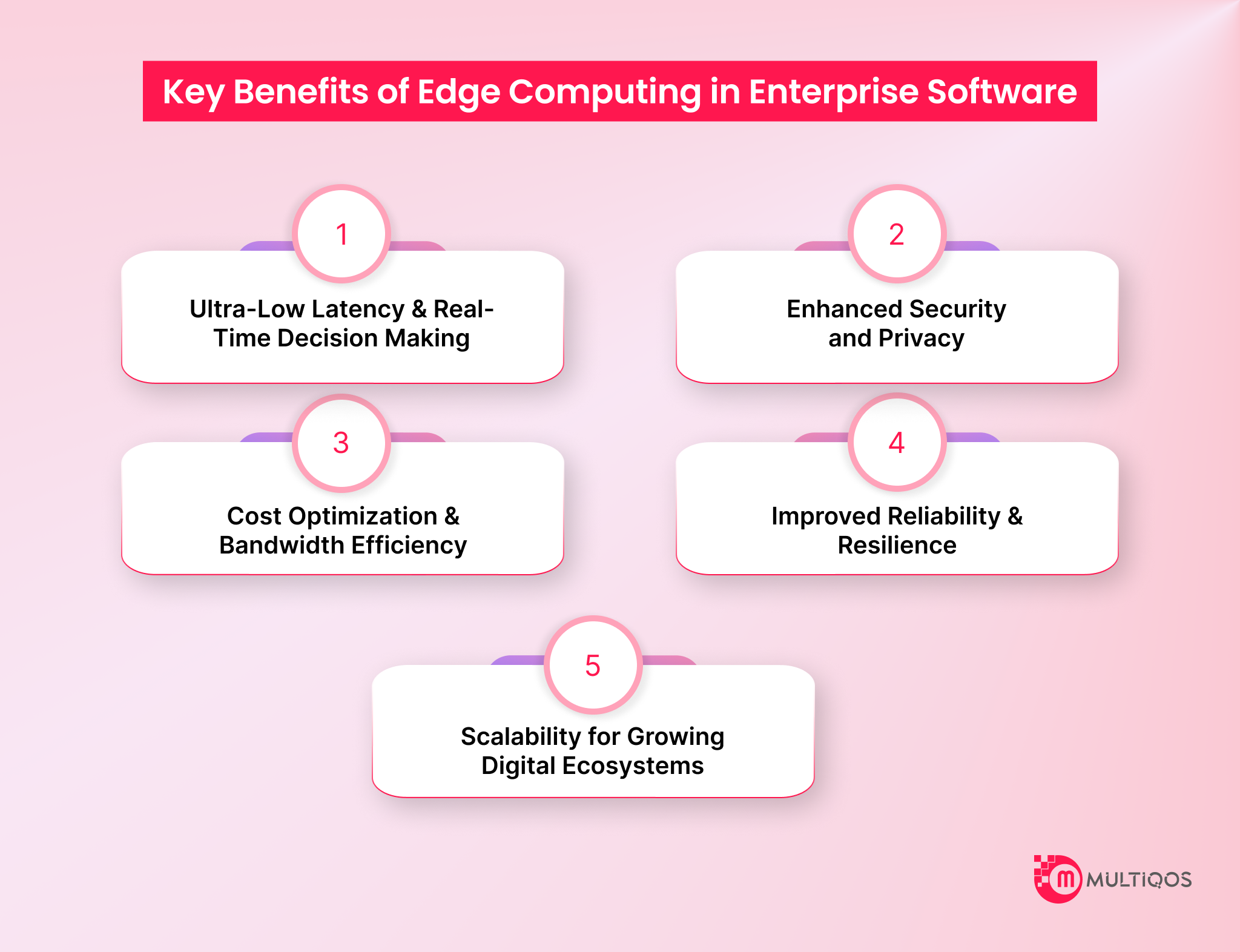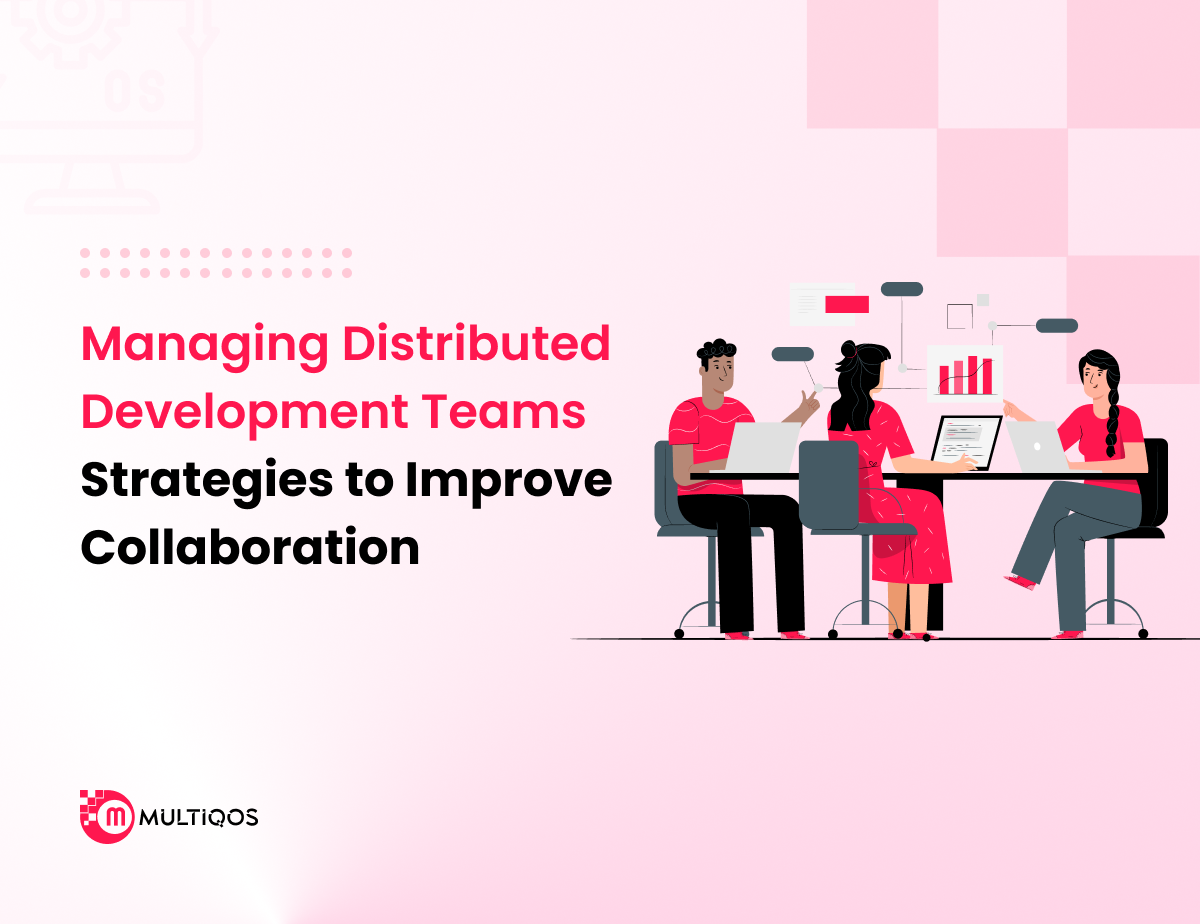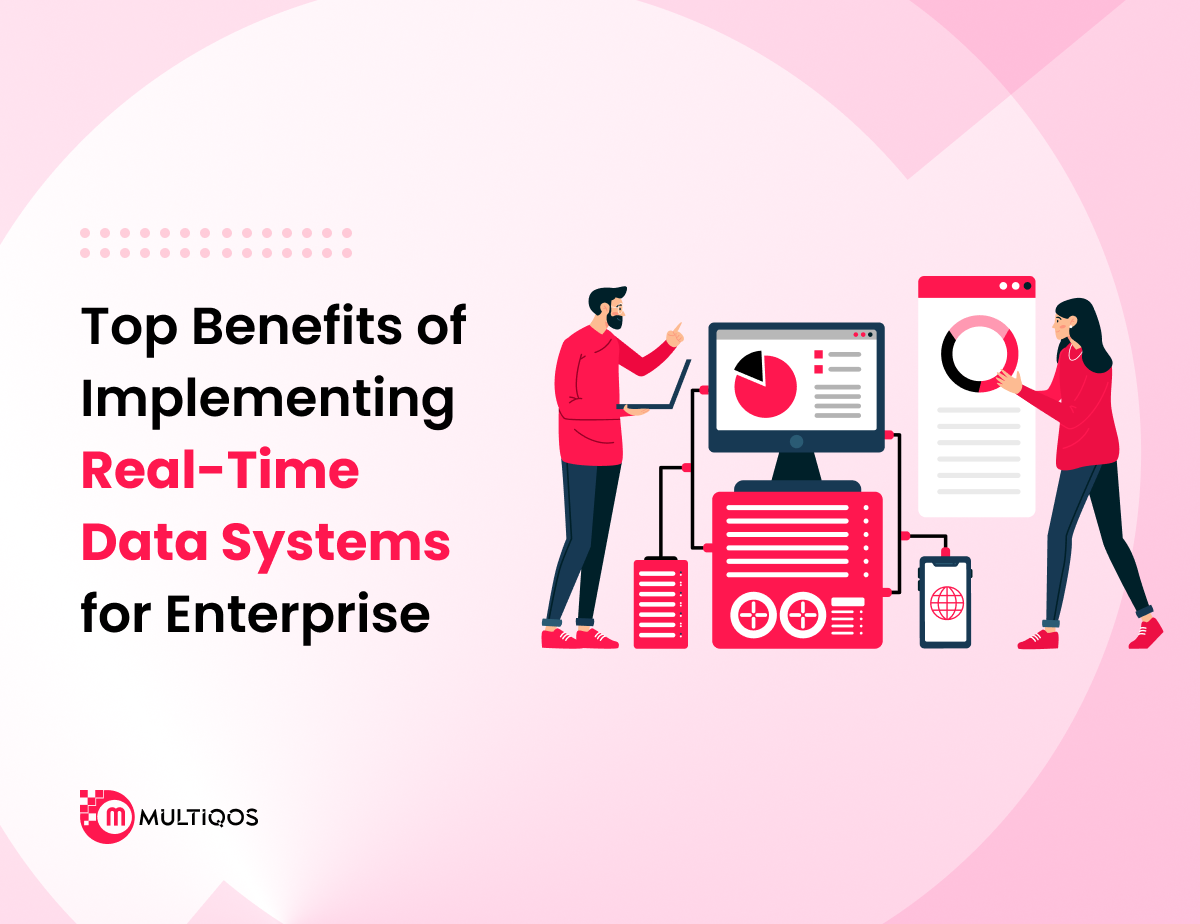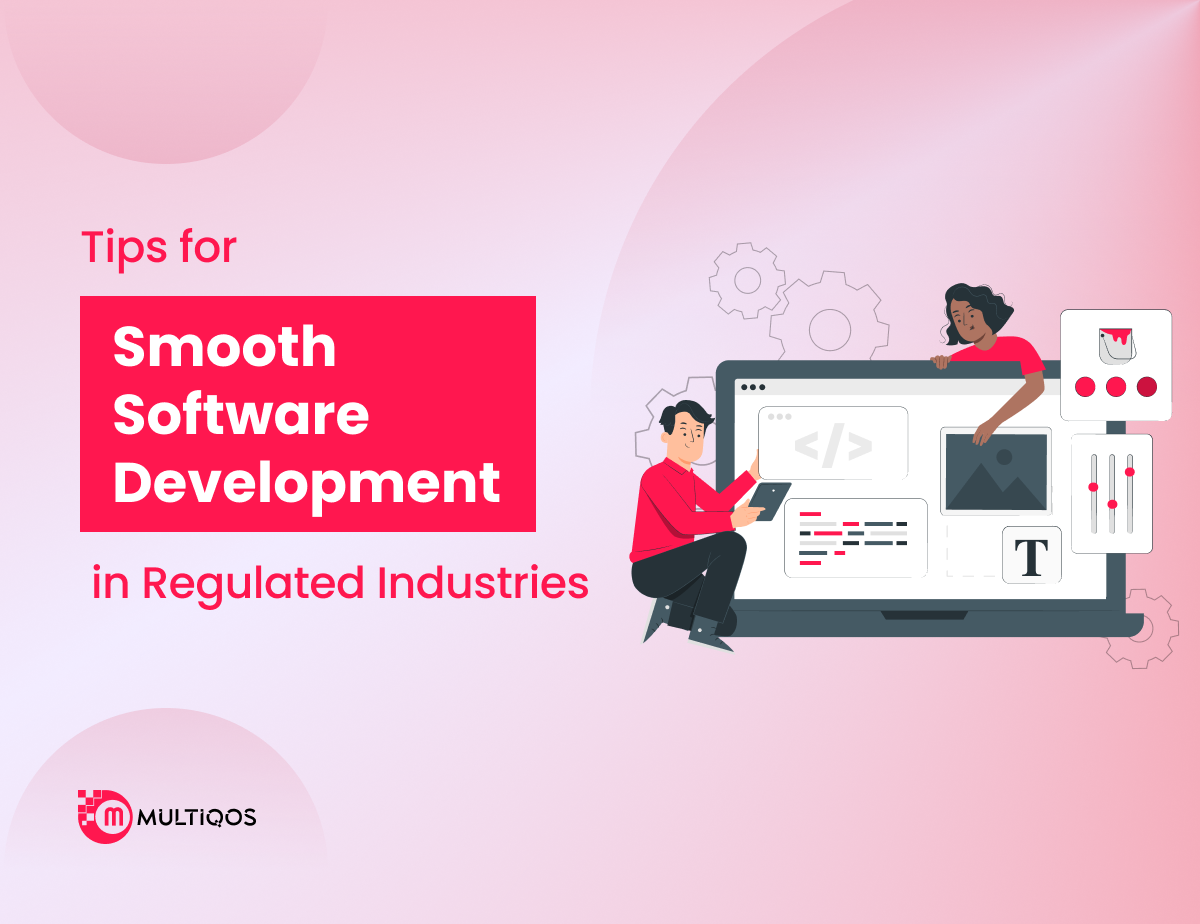Why Edge Computing in Enterprise Software is a Game-Changer for Modern Businesses?
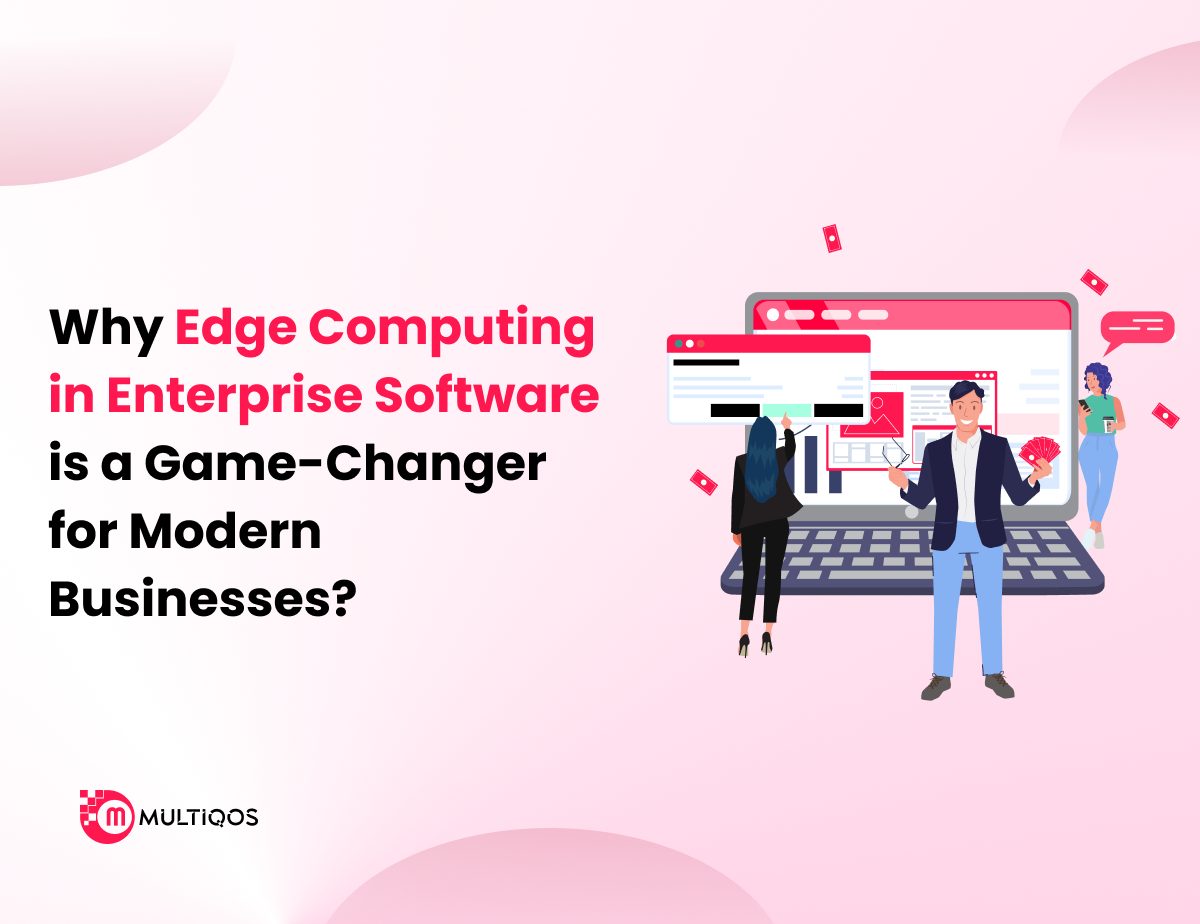
Summary:
Edge computing in enterprise software is revolutionizing how businesses operate by enabling real-time data processing at the source, reducing latency, and improving efficiency. By processing data closer to where it’s generated, enterprises can make faster, data-driven decisions, optimize workflows, and enhance customer experiences. Edge computing also strengthens security by minimizing the risks associated with transferring sensitive data to centralized cloud systems.
This shift allows companies to scale operations, reduce bandwidth costs, and improve system reliability. As more businesses embrace edge computing, its role in transforming enterprise software will continue to grow, making it a crucial component in digital transformation strategies. The result is improved productivity, innovation, and a competitive edge in a rapidly evolving market.
Introduction
In a world where speed and efficiency are crucial, businesses are constantly looking for innovative solutions to stay ahead. A groundbreaking technology that converts the landscape into business software is Edge Computing. Gone are the days when data had to travel great distances to centralized data centers before they could be treated. Edge Computing in enterprise software brings computing power closer to where data is generated, so companies can process real-time information, make quick decisions, and optimize operations like never before.
When businesses continue to embrace digital transformation, it appears as the ultimate switch in enterprise software, and opens up new opportunities for everything from customer experiences to efficiency in the supply chain. In this blog, we will look at why edge computing in enterprise software is crucial to modern businesses and how it can revolutionize the way businesses work.
What is Edge Computing?
Edge Computing in Enterprise Software moves data processing and control closer to the data source, for example, on a local device, server, or sensor. This reduces latency, improves real-time response, and ensures smooth performance for data-intensive applications.
In the new era of software development, Edge Computing enables smarter, faster and more efficient business applications. The use of both edge networks and scalable cloud infrastructure allows organizations to gain immediate analytical insight, improve operational efficiency, and gain greater autonomy in their digital environments.
Key Benefits of Edge Computing in Enterprise Software
Edge computing is transforming enterprise software by enabling faster data processing closer to the source. A reliable software development company can help businesses harness these technologies to boost performance, security, and efficiency.
1. Ultra-Low Latency & Real-Time Decision Making
The main advantage of Edge Computing in business software is its ability to provide ultra-low latency. By processing data closer to the source, companies can make decisions immediately without waiting for a shooter to respond. This is important in industries such as production, healthcare, and logistics, where real-time insights can prevent delays, reduce risk, and increase productivity.
2. Enhanced Security and Privacy
When it comes to edge computing in enterprise software, personal and sensitive information can be stored and processed locally instead of traveling to distant data centers. This location approach to data storage and governance helps eliminate the risk of potential cyber threats and ensure strong data security. And for companies that want to keep the information safe and gain control of compliance and privacy, this can be the best way to keep data safe in their networks.
3. Cost Optimization & Bandwidth Efficiency
Edge Computing reduces the need to transfer huge amounts of raw data to the cloud for analysis. By handling most of the treatment at the edge, businesses reduce bandwidth consumption and cloud storage costs. Over time, this is translated into significant savings while maintaining high system performance and efficiency.
4. Improved Reliability & Resilience
Unlike centralized systems, which are solely dependent on continuous cloud connection, allowing edge calculation in business software allows operations to continue even under network disorders. Local processing ensures that critical business applications remain functional, improves the system’s reliability and general resilience.
5. Scalability for Growing Digital Ecosystems
Edge Computing provides the flexibility to easy scaling as organizations expand their digital infrastructure. Companies can distribute additional edge knots or units as needed without overloading the central system. This decentralized scalability means that the front data processing in the business software is a future-ready solution that supports innovation and continuous growth.
How Edge Computing Differs from Cloud Computing?
Edge computing and cloud computing are both integral parts of modern IT infrastructure, but they differ significantly in terms of architecture, benefits and use cases. Below are the key differences that highlight how edge computing differs from cloud computing in enterprise software:
| Aspect | Edge Computing | Cloud Computing |
| Location of Data Processing | Data Processing at or near the source (e.g., IoT devices, local servers) | Data processed in centralized data centers, far from data sources |
| Latency and Speed | Low latency with real-time processing close to the data source | Higher latency due to data traveling to and from the cloud server |
| Bandwidth and Connectivity | Reduces bandwidth usage by processing locally; requires less network reliance | High-bandwidth connection needed for data transfer to the cloud |
| Data Security and Privacy | Data processed locally, reducing exposure risks; better for compliance | Data stored and processed in centralized data centers is potentially more vulnerable |
| Scalability and Management | It can be complex due to managing many distributed edge devices | Easier to scale with centralized management, pay-as-you-go model |
Final Thoughts
Edge computing is changing the way businesses operate, resulting in faster data processing, increased operational efficiency and improved decision making. By computing data sources, companies can solve challenges in real time, deliver an ideal and personalized customer experience and optimize workflows. These opportunities are growing rapidly and are never ending, making it essential to use edge computing to remain competitive in the emerging market.
For implementing and maximizing the potential of its data, we advise you to hire software developers with expertise in this area. They can surely help you build, design, and integrate custom edge computing solutions that will transform your software and enhance innovation and efficiency.
FAQs
If offers enoromous benefits such as increasing real-time response, resuce bandwidth burden on centralized systems, eliminating local data latency, and much more, which makes edge computing a game-changer for businesses.
Edge computing can benefit businesses of all sizes. For small businesses, it can increase the data processing rate, improve safety, and enable better IoT unit management without the need for expensive infrastructure.
Integrating edge computing into your existing corporate infrastructure does not mean reviewing the entire system. It’s all about adding distributed edge nodes connected to your existing network. These edges can be seamlessly integrated with existing cloud or local systems, creating a hybrid architecture. The key is to identify use cases where local data processing can add the most value, whether it is IoT data collection, AI Inertia, or system monitoring. A careful revision of your existing applications and infrastructure will help you determine the best approach to adding edge properties.
To get started with Edge Computing Solutions tailored to your business needs, you can just contact us or visit our contact page for more information. Our team is ready to help you explore the best edge data ranking strategies to bring efficiency and innovation to operations.
Get In Touch


